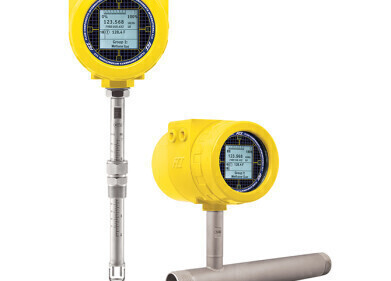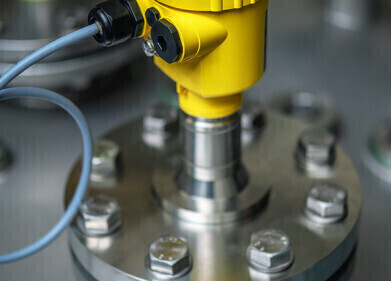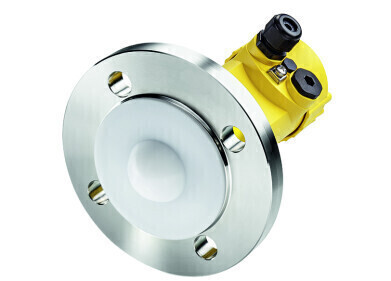Flow Level Pressure
5 Metering Methods in Custody Transfer
Dec 31 2022
Accuracy is critical when high-value resources like oil and gas change hands. From early exploration and drilling stages to downstream deliveries at refineries and forecourts, advanced custody transfer methods are used throughout the oil production and supply chain. Custody transfer metering systems are also used at every stage of the gas production chain. This includes the initial production stages, as well as during refining and transport.
So, how do buyers and sellers track volumes during custody transfer processes? Read on for a closer look at some of the most common metering methods used for custody transfer applications.
-
Coriolis mass flowmeters
When it comes to accuracy, Coriolis mass flowmeters are best in class. Accuracy is high across a wide range of flow conditions, including complex petrochemical applications. Coriolis mass flowmeters are equipped to handle cryogenic materials like Liquefied Natural Gas (LNG) stored at temperatures as low as -200°C. They’re also well-suited for applications with operating temperatures as high as 400°C.
-
Differential pressure (DP) flow meters
Differential pressure flowmeters are one of the oldest and most reliable methods used for custody transfer. They work by partially obstructing flow to create differential pressure. Measurements are then used to determine the flow rate and calculate how much oil or gas is changing hands.
-
Turbine flowmeters
Turbine flowmeters have been around since the 1700s and were first invented by German engineer, Reinhard Woltman. A rotating turbine is used to measure flow, making the method suitable for low viscosity liquids. In terms of price, turbine flowmeters are an affordable and cost-effective method. Cons include multiple moving parts. This can incur repairs and maintenance costs, as well as increase the risk of unplanned downtime.
-
Positive displacement (PD) flowmeters
Reliable and accurate, PD flowmeters are designed to measure highly viscous, slow-moving liquids.
-
Ultrasonic flowmeters
Of all the methods used to measure gas, ultrasonic flowmeters are one of the most reliable. They use sounds waves to track volumetric flow rate, which makes them ideal for a wide range of custody transfer applications. No moving parts keep maintenance costs low and signifyingly minimise the risk of accuracy issues and unplanned downtime.
The role of digital technology in custody transfer
Over the past few years, digital technology has drastically improved the accuracy of custody transfer metering systems. Many providers have developed inhouse software solutions designed to complement custody transfer metering systems.
For example, German-based process control and industrial instrument supplier Krohne pairs its next-generation ALTOSONIC V12 ultrasonic gas flowmeters (UFM) with purpose-built SUMMIT 8800 flow computers. They feature full colour touch screens for complete transparency and real-time updates throughout the custody transfer process.
Want to know more about the cutting-edge technologies and storage solutions used in the oil and gas sector? Don’t miss our latest article, ‘Storage Tanks for Oil & Chemicals - Everything You Need to Know’.
Digital Edition
PIN 25.3 June/July
June 2024
Analytical Instrumentation - Recent Advances In Various Bench Scale Accelerated Oxidative Testing Methods For Fuels - Petrochemical Industry: Anton Paar Solutions Streamline Processes, Reduce H...
View all digital editions
Events
Jul 30 2024 Jakarta, Indonesia
Jul 30 2024 Jakarta, Indonesia
China Energy Summit & Exhibition
Jul 31 2024 Beijing, China
Jul 31 2024 Chengdu, China
Aug 05 2024 Moon Township, PA, USA


















